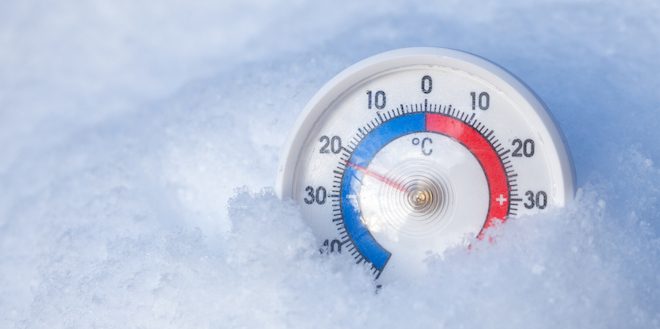Most prescription drugs come with clear storage instructions. Depending on the specific medications, you may be advised to keep them in a cool, dry place or in the fridge. But what if you accidentally leave your diabetes meds outside in the car during the worst of winter?
Read on for the latest tips on safe medication storage, including advice on what to do if drugs are left in the freezing cold?
Medication storage guidelines
You may be surprised to learn that the medicine cabinet is often the worst place to keep your medications. That’s because many meds should be kept in a cool dry place, and bathrooms are usually high in humidity. Instead, consider storing meds like these in a kitchen cabinet or a drawer in the bedroom. Keep them away from direct sunlight and clear of any window panes that could potentially ice up in winter.
Other medications, including unopened insulin vials, are intended to be stored in the fridge. However opened bottles of insulin can be kept at room temperature. This often makes injections more comfortable.
Exposure to extreme temperatures
Extreme temperatures, whether very hot or freezing cold, can have a damaging effect on medications, rendering them ineffective or even dangerous. This can have serious implications for people with diabetes, who may rely on medications to keep blood glucose levels within target.
Be aware that some drugs may show no obvious signs of temperature damage, but may lose their effectiveness before their usual expiration date.
Insulin and some anti-coagulants are particularly subject to damage from extreme temperatures. Damage may be invisible, or you may note one of the following signs:
- Cloudiness or discolouration of previously clear, soluble insulin
- Lumps or flakes in the insulin, or insulin deposits on the side of the vial
Steps to take after harmful exposure
If you suspect that diabetes medications may have reached harmful temperatures, call your pharmacist immediately for advice. Alternatively, call the drug manufacturer. You may be asked to provide the drug lot number, expiration date, and length of time that the drug was exposed to extreme temperatures.
Some pharmacies and/or drug manufacturers will replace exposed drugs free of charge. If not, some health benefit plans will cover the cost. If you have a plan in place, check with the insurer.
Do not use the medications before first checking with the pharmacist!
Tips to avoid harmful temperature exposure
Travel, whether by car or plane, is one of the most frequent challenges for keeping drugs at safe temperatures.
If you stop off for errands on your way home from the pharmacist, temperatures in the car can rise acutely in summer and drop below freezing quickly in winter. Temperatures in the airplane hold are similarly not controlled and can easily drop below the freezing point or soar to scorching highs.
This is one of the important reasons why you are advised not to pack medications in checked baggage when flying.
If you are travelling by car or plane with medications, be safe and use a thermos pack to preserve ideal temperatures. Ask your pharmacist if a cool pack is advised.
Hot tip: Are you travelling south this year and likely to be in hot temperatures? Check out our article Storing your medications and blood glucose testing supplies in the summer heat.
If you have type 1 diabetes, be sure to watch our video on this site Insulin injections best practices.
 Diabetes Care Community Learn, connect and care
Diabetes Care Community Learn, connect and care





